As Gartner says in their 2021 expanded definition of Customer Experience Management (CXM), good experience design isn’t easy: “A strong CXM leader doesn’t merely oversee individual projects that positively impact customer satisfaction, loyalty, and advocacy; they must influence everyone within the organization to change how they work in a way that results in improved customer satisfaction, loyalty, and advocacy.”1
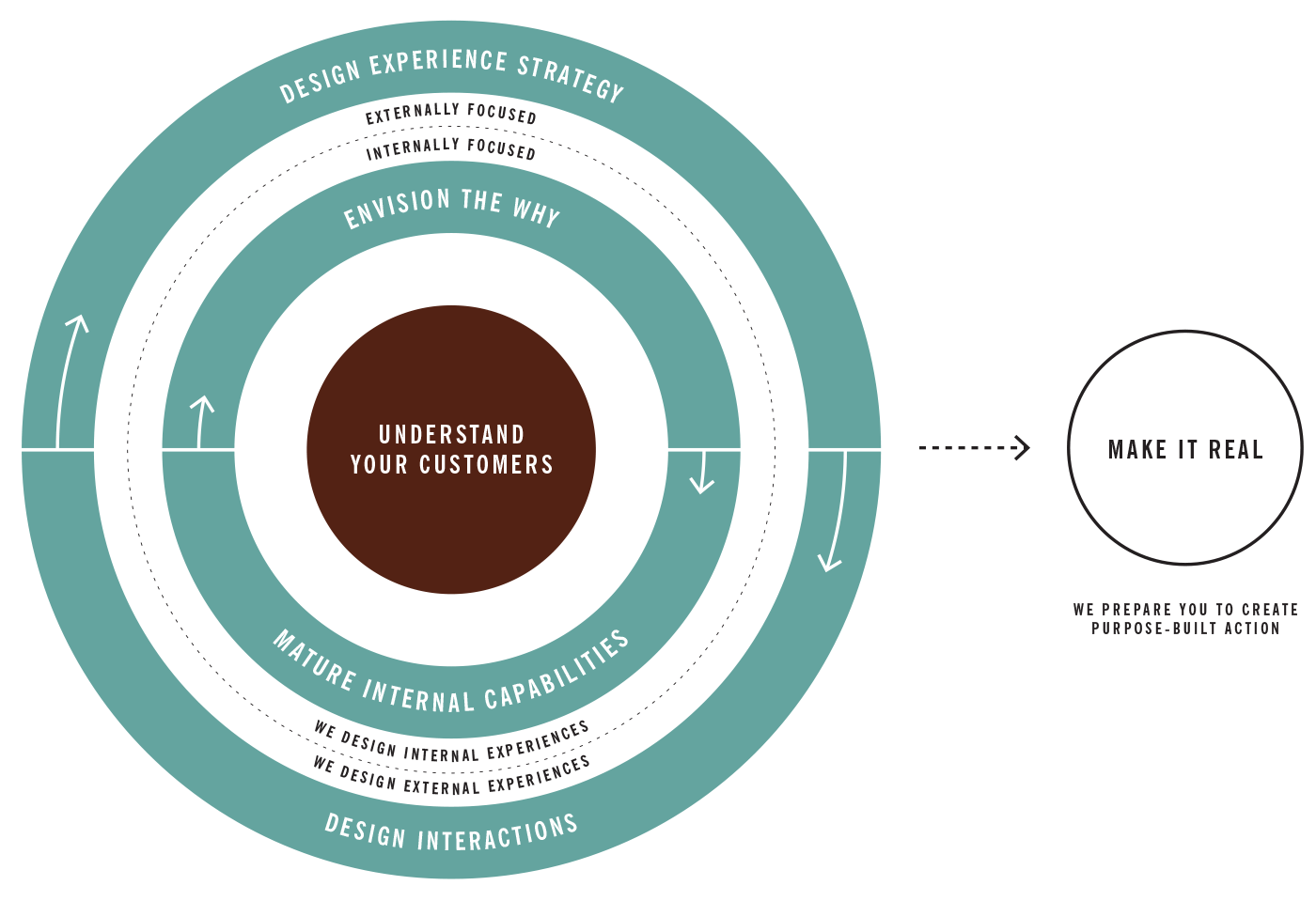
Leading a customer experience team that connects all the organizational and customer dots requires an interdisciplinary, holistic perspective that influences not just what you do for your customers but how you do it. The answer to “what to do next” is multi-pronged and needs to be broken into actionable pieces. Let’s explore the nuances:
Customer experience is the intersection of your brand intention and customers’ interpretation of your brand’s suite of products and services. You create things internally through purpose-led planning and your customers experience them through an external lens. Customers’ interactions with your brand inform their interpretations of it and drive an iterative cycle of their evolving wants and needs against the overall experience you deliver. Business capabilities, data and systems, processes, interaction points and channels, and employees together enable your products and services. Evolving this interconnected ecosystem is complex and requires aligning organizationally against continuous improvement. But, done right, “companies that lead in customer experience outperform laggards by nearly 80 percent.”2
To tackle this complexity as a CX leader, approach planning and managing experience design through a series of “experience lenses” — understand your customers, mature internal capabilities, and design experience strategy. Center around understanding and delivering value for your customer through a holistic operating model that drives value against your organization’s strategy.
Below, we expand on each of these lenses to clarify the CX complexity.
The Center of All That You Do:
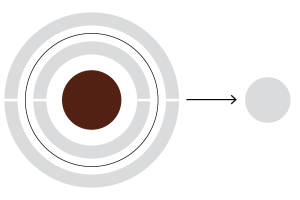
Understand Your Customers
Infuse customer insights into all you do as a CX team — whether for an internal or externally focused effort. To understand your customer base, you must have a line of sight into quantitative and qualitative insights. These include understanding your customer’s core needs to achieve their desired goals, agnostic of your products and services. It also includes understanding how they feel about and are interacting with your specific products and services.
Seek to understand your customer archetypes at a high level that informs your purpose. Then, seek to understand critical themes across moments that matter and moments of truth. Finally, understand customers’ needs at a more granular level — testing and learning from specific interactions to measure if your designed experience outcomes are in place as intended and identify opportunities to improve. Where possible, layer qualitative findings with quantitative data from transactional and research-based insights to create holistic perspectives.
For example, insight efforts might consist of proactive research — from surveys to in-depth interviews (IDIs). Or it might include reviewing transactional data captured operationally through actual outcomes and beta testing or social-media sentiment scraping. Finally, depending on the maturity of your systems, you may be able to observe real-time adaptation to customer needs through AI and use those learnings to invoke broader changes.
Internal Capabilities:
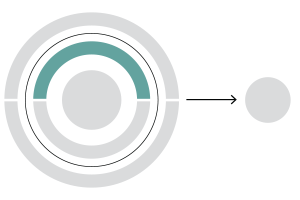
Envision the Why
It is critical to align your CX function to your overall organization’s business strategy and have understood buy-in on your function throughout your organization. “Purpose-led brands had seen their valuation surge by 175 percent over the past 12 years, versus a growth rate of just 70 percent for listless brands uncertain of their role.”3 Through collaborative destination sessions with your CX team, establish why you exist and how you plan to bring your experiences to life. Define your CX team’s purpose statement and core design principles against what you are aiming to achieve for your organization.
Your purpose statement should define traits you want your team to be known for, things you want to accomplish as a team, and things you want for your broader organization. Design principles are four to six terms and accompanying definitions that complement your purpose statement — they create easy-to-understand organic operating norms that every human on your team can use to make decisions amidst execution. Together they help your function answer the following value statements: What is your team’s purpose internally and externally? Who are you going to be and
how are you going to infuse that? Finally, what building blocks do you need to ensure that anything you do from this point forward heads toward that vision? You can kickstart developing your internal and external evolution strategy through an initial start, stop, continue activity against your principles.
Now, socialize your defined CX function purpose, including your core design principles. Next, continuously align capability building and experience design efforts to these principles to drive cascaded efficacy and value realization against your organization’s overall strategic vision. Read on for different lenses you may consider to evolve both internally and externally.
“Purpose-led brands had seen their valuation surge by 175 percent over the past 12 years, versus a growth rate of just 70 percent for listless brands uncertain of their role.”3
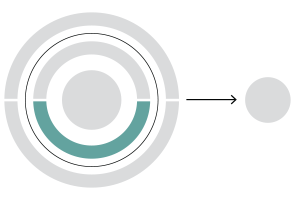
Mature Internal Capabilities
Perhaps you are a new CX leader, in a new role, or simply seeking to evolve your team’s CX capabilities. Either way, determining what internal CX capabilities are required to stand up and mature is inherently difficult due to the nature of what makes an organization best-in-class at aligning to customer needs. The customer experience ecosystem is pervasive (or should be) throughout all functions of the internal business. CX leadership entails navigating matrixed teams, identifying cross-functional dependencies, and managing impacts dispersed throughout your organization.
To be successful in your role, assess your maturity and then create a three-horizon CX capabilities roadmap toward a North Star state. Structure your assessment and roadmap against six focus areas: strategic direction, customer insights, value driver alignment, experience design, experience delivery, and customer-centric culture. Your goal is to stand up and mature the internal “machine” that can effectively design experience strategy interactions while measuring expected outcomes and monitoring for continuous improvements, all to support business strategy alignment — and to function in line with your purpose statement and design principles.
Identify your existing internal capabilities that may need some work and the required capabilities you don’t have today. Understand the implications of the current gaps against delivering as a CX function and consider what might be necessary to mature them. Then develop a plan for how and when your core CX team’s capabilities might be nurtured, expanded, enabled, and deployed. You will also need to partner cross-functionally to achieve your roadmap with a deep focus on people through employee experience and change management, and process and technology adjustments. Every organizational leader in some way is part of the service blueprint that informs or delivers customer experiences. Therefore, seek cross-functional buy-in and leverage an iterative and agile-principled approach to strategically embed, mature, and enhance prioritized capability gaps across people, processes, and technology.
External Capabilities:
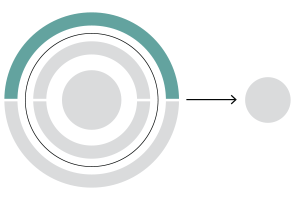
Design Strategy
Alongside readying your internal CX function machine, you must plan strategically to evolve how your customers experience your organization. “Designing great customer experiences and building great digital experiences requires understanding the moments that matter to your customers — but achieving that understanding is easier said than done.”4
A strategic future state experience design sets the vision for customers, partners, and external users. The art of business strategy applied to experience design is transformational (versus incremental). Scoping includes identifying a customer problem statement or a holistic component of your business that requires a better understanding of the current state and redefining the future against a two- to five-year horizon. Start here, at a higher level, before focusing on specific interactions.
First, this requires assessing the current state of the customer, the market, and the business. Your goal is to describe who your customers are and what they want from you based on external factors influencing wants and needs. To begin, gather current state insights from existing data and research on your customers. Then craft a research plan to close insights gaps and gain input specific to the customer problem you seek to understand and design around. Next, execute that plan to gather additional current state understanding, including pain points against a core current state journey framework and market trends insight. Unlike designing specific interactions, at this level, feedback should be grouped into common thematic hurdles, aligned to crucial MtM/MoT and potentially archetypes, to help you paint a holistic picture and eventually land on prioritized solution sets.
You then can develop the future experience through an insight-led and customer-centric approach to meet and deliver against customer experience goals. First, plan for and hold collaborative ideation sessions, including with the customer, to define your products’ and services’ value proposition against customer expectations. Next, identify opportunities to improve, and select down to prioritized solution sets. These are big changes that will transform a key aspect of the experience — you should anchor on only a few. Finally, visualize the current vs. future state experience through an end-to-end customer journey map to create a shared understanding of gaps against your design principles, and create alignment on solution sets to transform. Consider what other illustrative mockups and industrial-design illustrations will bring the future state to life for all stakeholders. Remember to engage cross-functional leadership early and often to create this strategic journey vision together and gain agreement on the gauged solution set impacts to better obtain buy-in for proceeding with the later stages of interaction design.
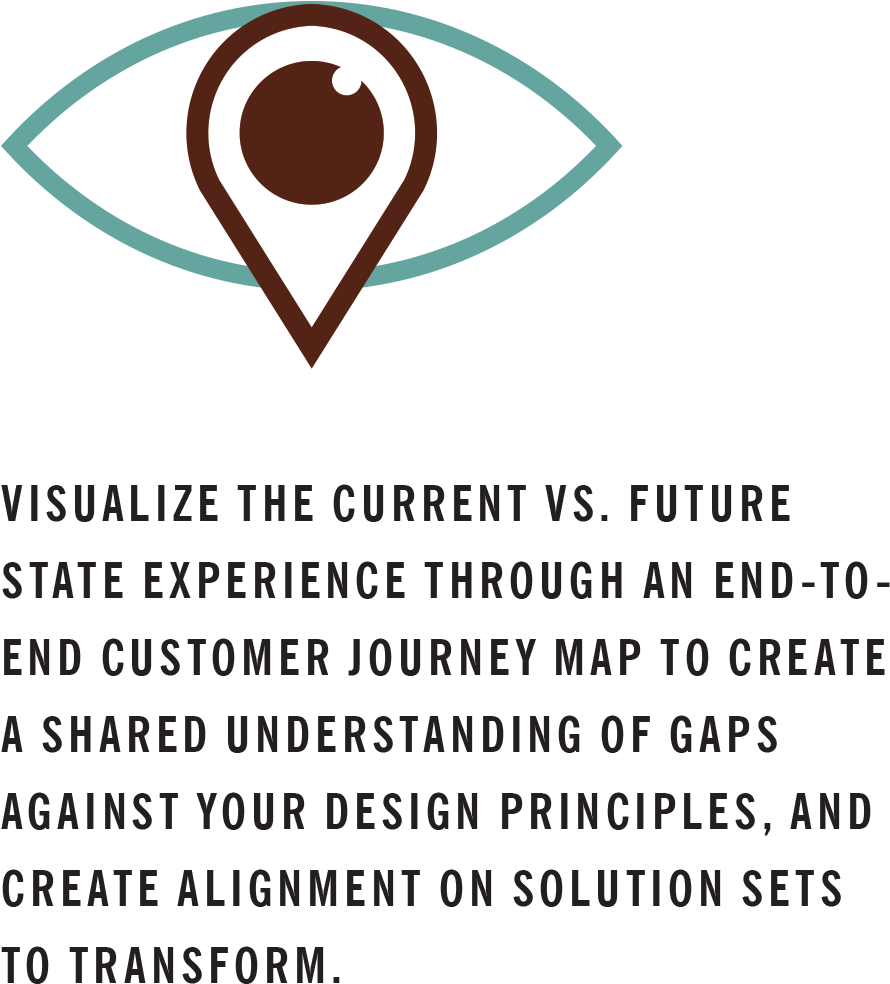
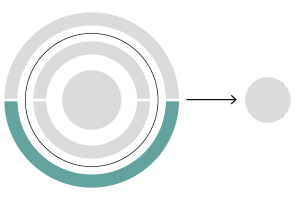
Design Interactions
Designing interactions involves embedding a design-thinking approach into specific interaction design efforts. These efforts span product or service transformations and ongoing product/service management of enhanced features and processes. Topically, competing by transforming digital experiences is a current primary focus for many organizations. Interaction design is a crucial step of more extensive digital transformation to create new touchpoints and/or harmonize touchpoints across channels. For example, you may be completing app teardowns or designing a new future state for new products and channels.
Focus on specific touchpoints across a set of interactions within the overall experience. Tackled in phases, narrowing scope allows you to get into the detail. Start by gathering the customer’s motivation to interact with your brand, map the steps they take with your company and the pain points they endure, then apply transformational approaches (e.g., ideation, design thinking) to each customer interaction. Step by step, you are designing an evolved future state that meets the customer’s expectations and needs. Leverage service blueprinting to capture steps across lines of interaction, visibility, and internal interaction. Welcome cross-functional operational insight to support understanding nuances of front-of-stage, backstage actions and supporting processes across people, process, and technology. Unite collaborative user experience (UX) and user interface (UI) teams to complete storyboarding, wireframes, and prototypes to ship beta/MVP versions to test and learn before and later as part of steady-state releases.
Interaction designs result in a detailed future state customer journey. It also articulates UX touchpoint interactions to support UX mockups and design, defines critical KPIs and can be input into developing OKRs, and illuminates capability requirements that inform employee experience, operations, and product changes — all of which require alignment against shared problems to solve and prioritized solutions to transform. The more you can empower teams to figure out “how” to solve the “what” problems, the great agility you will find in enabling real-time change. Throughout embedding and launching evolved touchpoints, ensure cascaded alignment of tactical steps with the longer horizon vision you established strategically, built based on your “why” from customer understanding and with the customer in mind.
The Outcome:
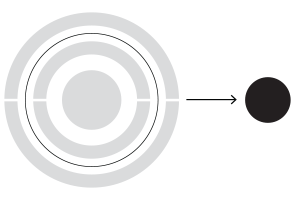
Make It Real
So what? As an output of all your initiatives, you must prepare for the road ahead. Journey maps that sit on a shelf help nobody. You might roadmap now, next, or later horizons with high-level summaries of proposed solution sets with a gauged level of impacts. You may have to create elaborate business cases to assess ROI further and gain funding approval. Eventually, you (or empowered teams) will need to craft requirements or agile stories, decide to build/buy/partner, oversee implementation, and execute against detailed work plans and value streams. Either way, you need to create purpose-built action plans to continue forward.
However, do not consider any plans in motion to be set in stone. Customer needs, expectations, and understanding are ever evolving. Therefore, you must continuously reinvigorate your customer understanding and internal steps to stay in touch with the wants and needs of your customer and alignment with the CX ecosystem. Static roadmaps, or roadmaps that leave little creativity to solve for the “how,” will kill your competitive edge.
In Closing
Start at your core; you must understand your customers. They influence why you exist and who you want to be as an organization. Ensure strategy and vision setting for your CX function, core team, and broader matrixed cross-functional change ambassadors align to value realization for your organization. Continuously mature your internal capabilities so that you can plan for and deploy exceptional external experiences through aligned discrete interactions.
